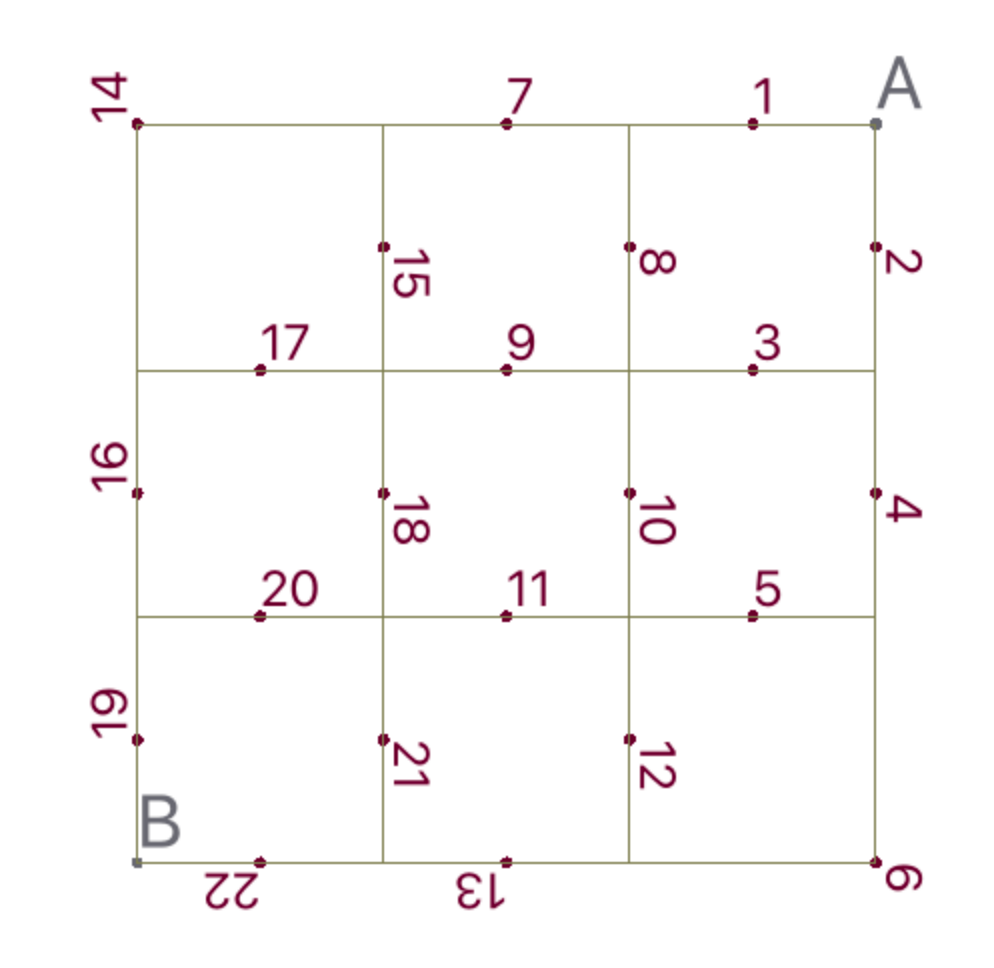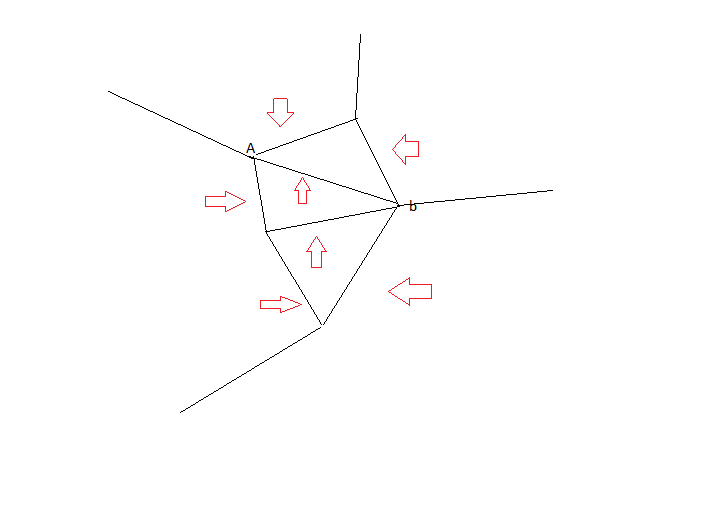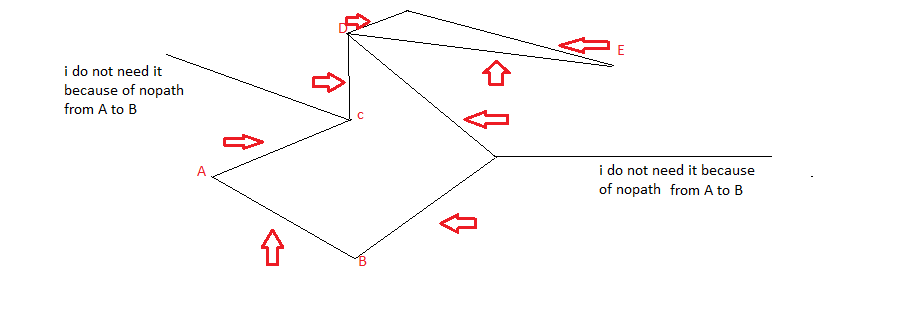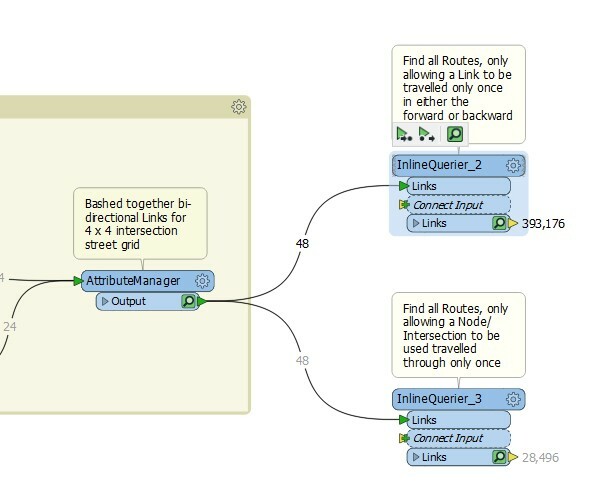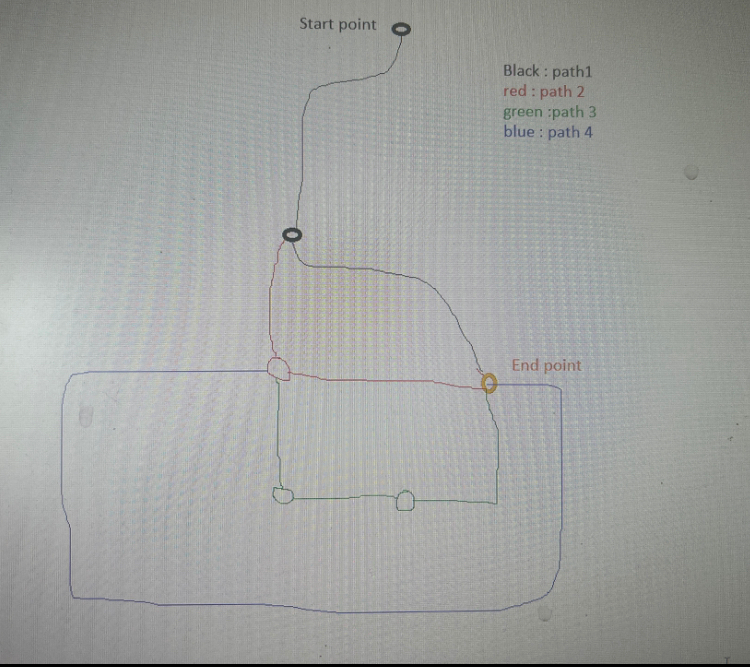how to find the all paths between start node and end node
exactly i have 8 nodes ,as point A,B,C;D;E;F;G ;H
i want to check the all paths possible what ever the length of path but i want to find any path available between every Node
between Node A and the rest of nodes (B,C;D;E;F;G;H)
then checck between Node B and the rest of Node (A,C;D;E;F;G;H)
and so on ,i want to check between one node and the rest of nodes
for sure some of them has no connections liens ,i want to define that also which two nodes has no possible paths.
i used shortest path finder but i think,it is working only to find the short path between path A and path B,but i want to find all possible paths between A and B even it is long or short and get the id of each line through this path .
i prepared my network so all lines are connected without any gaps so i have now paths between some nodes and some not depend on the network .
Thanks for any help







